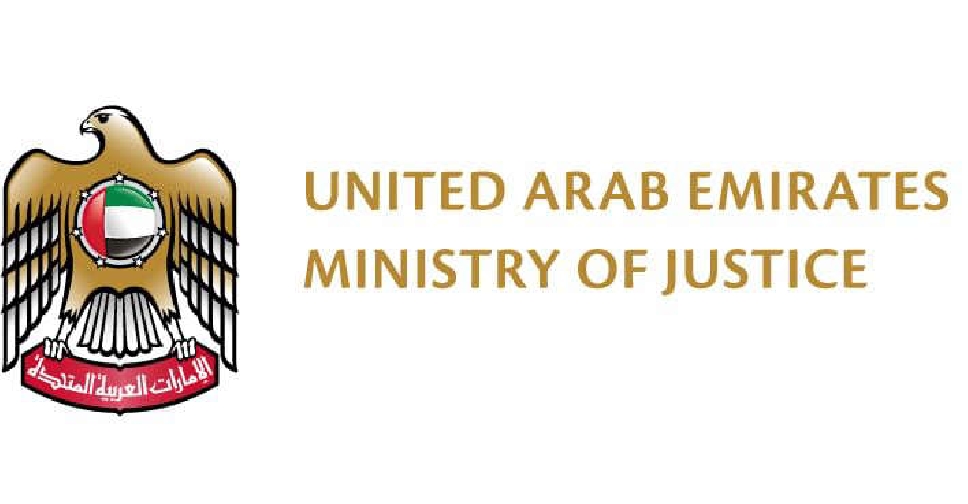
After two months of a lackluster track record in gold, hedge funds finally backed away from bullish bullion bets just before the Federal Reserve drove the biggest weekly price drop in two months. Money managers cut their net-long position for the first time in six weeks, US government data show. Prices slumped 1.8% last week after Fed officials said they are still considering raising US interest rates this year, cutting demand for the metal as a store of value. More than $1.05 billion was wiped last week from the value of exchange-traded products that are backed by physical gold, the biggest drop since late July. The fortunate timing comes after speculators bet the wrong way on bullion about half the time over the past two months. The funds had been positioning for a rally, boosting their holdings by more than 17-fold since mid-September, before cutting back last week. The Fed’s policy statement helped underscore the view of Goldman Sachs Group Inc., which stuck by its bearish outlook even as investors including billionaire Paul Singer said the metal was being overlooked. “If the monetary policy becomes more firm going forward, that’s going to be a bit of a headwind against the price of gold,” said Kevin Caron, a market strategist and portfolio manager who helps oversee $170 billion at Stifel Nicolaus & Co. in Florham Park, New Jersey. “It makes the dollar more attractive, and by extension, gold less attractive. Our judgement is just to continue to wait,” before adding gold back into the portfolio, he said. Futures have dropped 3.7% in 2015 to $1,139.80 an ounce on the Comex in New York. Tighter monetary policy makes the metal less competitive against assets that provide interest payments or dividends, such as bonds or equities. The net-long position in gold futures and options slid by 1% to 120,645 contracts in the week ended Oct. 27, according to US Commodity Futures Trading Commission data released three days later. Long wagers fell by 4.3%, the first drop since Sept. 15. While the funds were prescient enough to trim their bets on a rally, they missed out on the opportunity to profit by wagering on declines. Short positions fell by 15% to 31,943 contracts, the lowest since February. Investors could’ve taken the advice of Goldman analysts, who on Oct. 21 said the Fed will probably raise interest rates in December and that the shift in policy would hurt gold. The bank forecasts prices to retreat to $1,050 in six months and $1,000 in a year. Goldman stayed bearish even as some traders speculated that slowing growth in China would push the US central bank to signal that rates would stay near zero% for longer. Instead, officials removed a reference to global risks in their Oct. 28 statement and said American economic growth remains “moderate.” Fed-fund futures show the odds of a rate rise in December are now 50%, up from 35% on Oct. 27. “I can’t see a strong asset allocation justification for gold,” Frances Hudson, an Edinburgh-based global thematic strategist at Standard Life Investments, which oversees $393 billion. “From an investment perspective, you can get paid on an ongoing basis for holding things other than gold.” The metal is heading for a third straight annual decline, the longest slump since 1998. The lower prices may start to attract jewelry and coin buyers, especially in Asia. In China, gold demand may match or exceed the record in 2013 as consumers seek protection against financial-market turmoil and the yuan devaluation, according to the Chinese Gold & Silver Exchange Society. In India, imports tripled to 152.9 tons in August, the Directorate General of Commercial Intelligence and Statistics said last week. “It’s not like nobody’s buying the stuff,” said Maria Smirnova, a Toronto-based portfolio manager at Sprott Asset Management, which oversees $7.8 billion. “Definitely, longer term and looking into next year, I’m hopeful that we will have a rally.” (By Luzi-Ann Javier/Bloomberg)



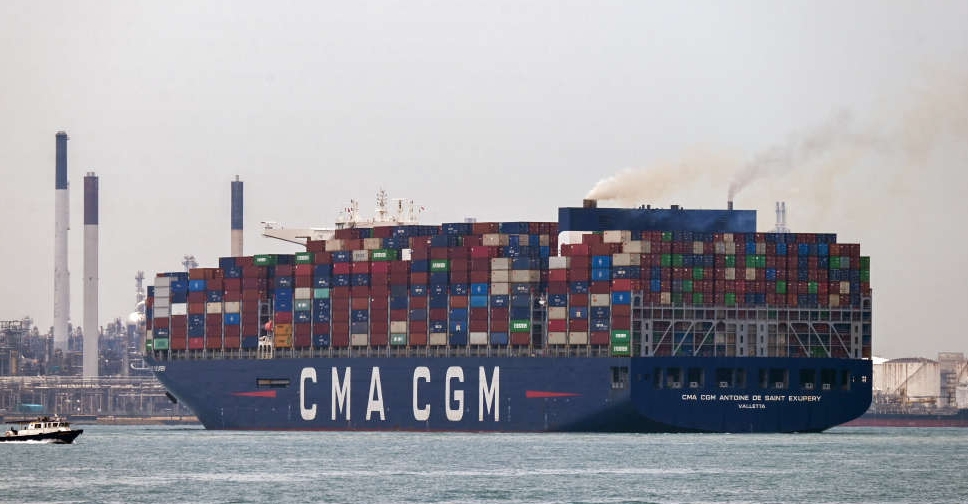 US starts collecting Trump's new 10% tariff
US starts collecting Trump's new 10% tariff
 Nasdaq set to confirm bear market as Trump tariffs trigger recession fears
Nasdaq set to confirm bear market as Trump tariffs trigger recession fears
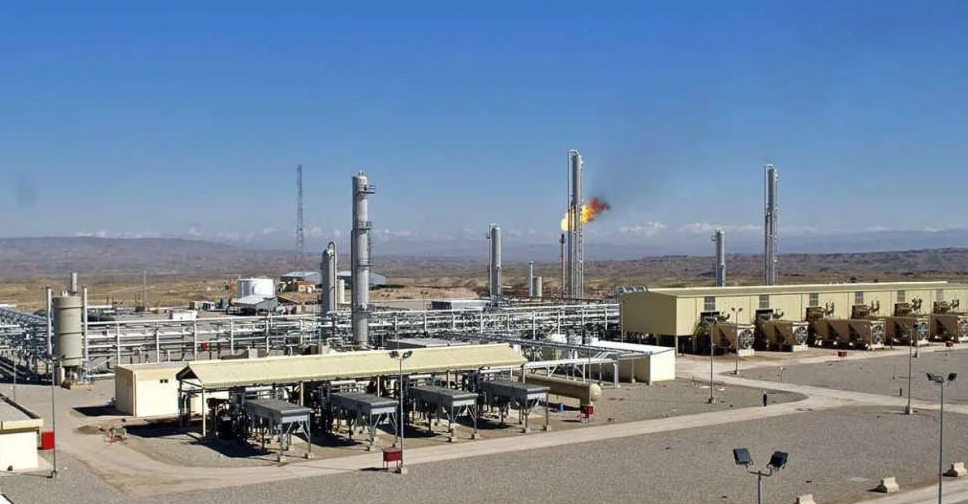 Dana Gas and Crescent Petroleum exceed 500M boe in Khor Mor field
Dana Gas and Crescent Petroleum exceed 500M boe in Khor Mor field
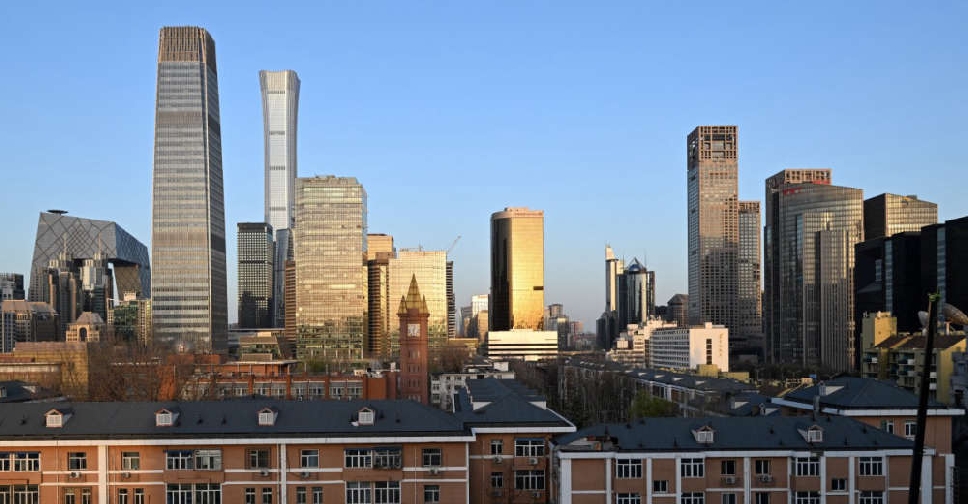 China to impose tariffs of 34% on all US goods
China to impose tariffs of 34% on all US goods
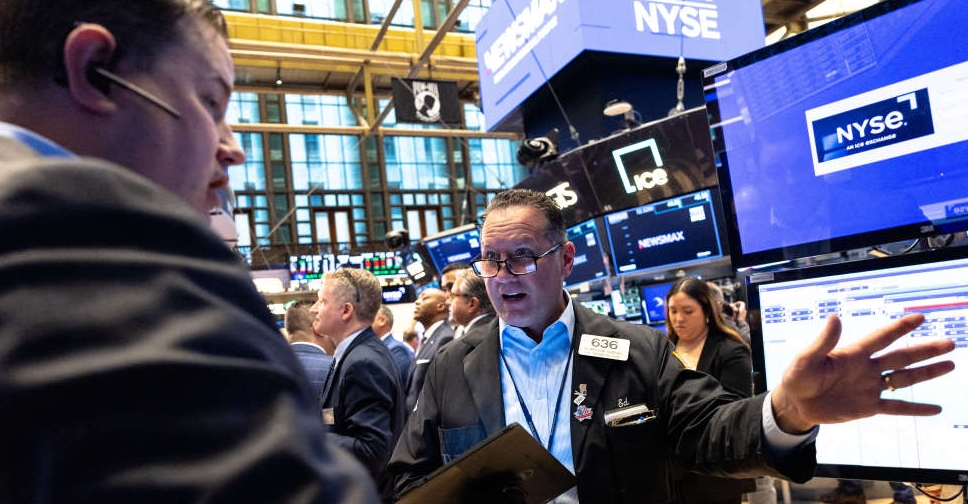 Shares bruised, dollar crumbles as Trump tariffs stir recession fears
Shares bruised, dollar crumbles as Trump tariffs stir recession fears

